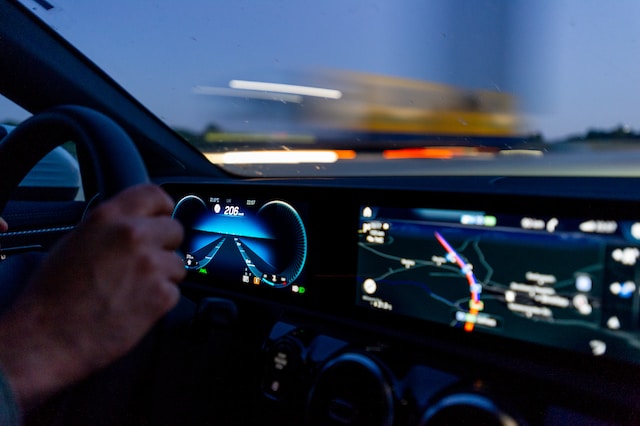In the rapidly evolving realm of autonomous vehicles, computer vision is playing a pivotal role in reshaping the way we commute and envision the future of transportation. This groundbreaking technology is making our roads safer, and more efficient, and paving the way for a new era of mobility.
The Autonomous Vehicle Revolution
Autonomous Vehicles Redefine Transportation
Autonomous vehicles, often referred to as self-driving cars, represent a revolutionary leap in transportation. They have the potential to reduce accidents, congestion, and emissions while providing greater mobility to all.
Challenges in Autonomous Navigation
For autonomous vehicles to navigate effectively, they must overcome complex challenges. These include recognizing traffic signals, pedestrians, and other vehicles, and adapting to changing road conditions.
Computer Vision: The Eyes of Autonomous Vehicles
Understanding Computer Vision
Computer vision is a branch of artificial intelligence (AI) that enables machines to interpret and understand visual information from the world around them. It mimics human vision by processing images and videos.
How Computer Vision Works in Autonomous Vehicles
In autonomous vehicles, computer vision relies on cameras and sensors to capture real-time data about the vehicle’s surroundings. Advanced algorithms process this data to make split-second decisions.
Key Applications of Computer Vision in Autonomous Vehicles
Object Detection and Recognition
Moreover, computer vision allows autonomous vehicles to identify and classify objects on the road, such as pedestrians, cyclists, and other vehicles. This information is crucial for safe navigation.
Lane Detection and Keeping
Autonomous vehicles use computer vision to detect lane markings and stay within them. This ensures they remain on the correct path and obey traffic rules.
Traffic Sign Recognition
Computer vision can recognize and interpret traffic signs, including speed limits, stop signs, and yield signs. This information helps the vehicle adjust its speed and behavior accordingly.
Obstacle Avoidance
Through computer vision, autonomous vehicles can detect obstacles in their path, such as debris or unexpected roadblocks. They can then take evasive action to avoid collisions.
Advantages of Computer Vision in Autonomous Vehicles
Improved Safety
Computer vision is a game-changer when it comes to enhancing safety in autonomous vehicles. Here are several key ways in which it accomplishes this critical goal:
360-Degree Awareness
Computer vision systems equipped with an array of cameras and sensors create a comprehensive, real-time view of the vehicle’s surroundings. This 360-degree awareness ensures that blind spots are minimized, reducing the likelihood of accidents caused by vehicles in adjacent lanes.
Efficient Traffic Flow

Autonomous vehicles can communicate with each other and traffic infrastructure, optimizing traffic flow and reducing congestion.
Accessibility
Self-driving cars hold the promise of greater mobility for people with disabilities and the elderly, offering newfound independence.
Conclusion
Autonomous vehicles are no longer the stuff of science fiction; they are becoming a reality, thanks in large part to the power of computer vision. As this technology continues to evolve, we can expect safer, more efficient, and more accessible transportation options for everyone.
The road ahead may have its challenges, but with each advancement in computer vision, we move one step closer to a future where autonomous vehicles seamlessly share our roadways, reducing accidents and congestion while providing a more inclusive and convenient mode of transportation. The autonomous vehicle revolution is here to stay, and computer vision is its driving force.





